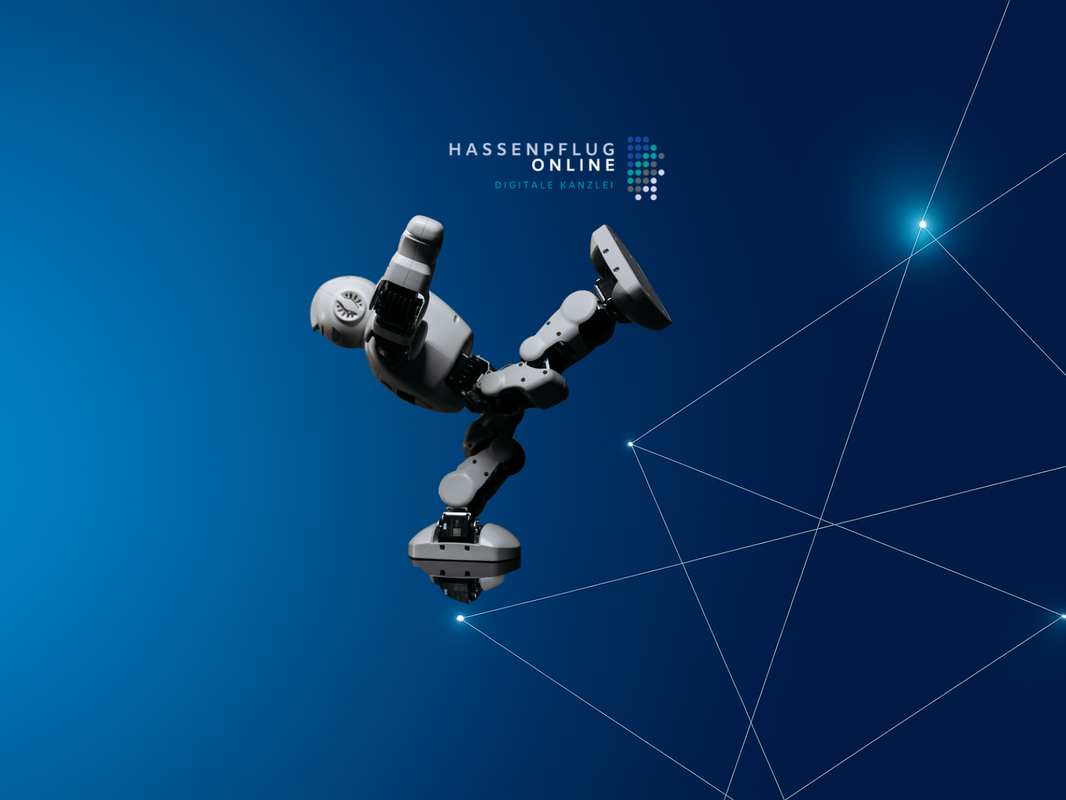Is digitalisation blocked by partner structures? – Why tax firms need new decision-making models
In hardly any other industry are we currently experiencing more clearly than in tax firms that digitalization and automation are no longer an option, but are becoming a requirement. Demands are increasing: clients expect digital communication, the tax authorities are tightening the reins with e-invoicing and platform notifications, employees want modern work environments, and at the same time, firms are struggling with a shortage of skilled workers and cost pressure.
The good news: Those who invest wisely here can create noticeable relief in the short term – and realize enormous efficiency gains in the medium term. Processes that previously took days can be reduced to hours or even minutes. AI-supported systems, digital collaboration platforms, and automated booking processes make this possible.
But in practice, we repeatedly encounter an astonishing obstacle: the partner structure itself.
The dilemma of the partner structure
Smaller and medium-sized law firms, in particular, are traditionally organized as partnerships. This means:
- Every partner has a say.
- Many decisions are made only by majority or even unanimously.
- A classic “managing partner” like in large commercial law firms is rare.
This leads to a remarkable paradox: everyone recognizes the need for digitalization, everyone knows that without technological adaptation, things cannot move forward – but investments fail due to structural hurdles.
Example: A consultant proposes a quick-win project to the firm—introducing an e-invoicing tool or automating incoming payments. The cost is a few thousand euros. The benefit is immediate relief and increased efficiency. But the decision remains pending because no consensus is reached.
Why tax firms are blocking this
- Perfectionism and risk aversion: Tax advisors want to avoid mistakes – and therefore block innovations.
- Lack of responsibilities: There is rarely a CTO or head of digitalization.
- Traditional governance: Partnerships are built on consensus, not speed.
So the problem is not a lack of money or a lack of will – but a lack of decision-making mechanisms.
What other industries have long since solved
Industrial companies, hospitals, and startups are familiar with this problem—and have solved it: through clear departmental lines of business, managing directors with IT responsibilities, and agile decision-making models. Tax firms need a similar approach.
Concrete solutions
- Introduction of a “digitalization partner”: A partner receives their own mandate and is free to make decisions up to a certain budget.
- Amendment to the articles of association: Investments of up to EUR 25,000 per year may be made without a general resolution.
- Appointment of a “Law Firm Digitalization Manager”: External managers with project mandates drive change.
- Ad hoc decisions by circulation or digital voting: Decisions must no longer be left pending for months.
- Binding roadmap: A clear strategy with quick wins and milestones provides orientation.
Sample: Addendum to the Articles of Association
§ X Digitalization and future viability (1) The general meeting of shareholders shall appoint a “digitalisation partner” from among its members. (2) The digitisation partner is authorised to independently undertake investments and measures, which serve the digitalization, automation and future viability of the firm, up to an amount of EUR 25,000 per financial year. (3) Investments exceeding this amount require the approval of the general meeting of shareholders. (4) The digitization partner shall report to the shareholders at least quarterly about the measures taken and their impact.
Conclusion: Those who act now will be ahead
The speed of technological development makes it clear: tax firms that continue to remain in consensus mode risk being left behind. It's not the high costs that are holding back digitalization – but the slowness of decision-making processes.
The solution lies in having the courage to delegate: a digitalization partner or law firm manager pools responsibility, partnership agreements create legal certainty, and clear budgets enable quick wins.
In this way, a blocking partner structure becomes a sustainable law firm that realizes efficiency gains, saves costs – and stays ahead of the competition.
👉 Act now!
Review your articles of association today and consider how you can accelerate decision-making processes for digitalization.
We would be happy to support you in developing a suitable model and its implementation.








